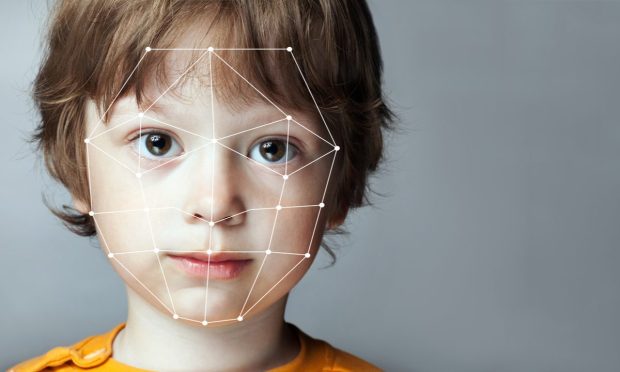Scottish Students’ Faces Scanned for Contactless Lunch Payments

Nine schools in the North Ayrshire area of Scotland started using facial recognition on Monday (Oct. 18) to verify the identities of children for lunch payments as a way to speed the process as well as make it contactless.
“With Facial Recognition, pupils simply select their meal, look at the camera and go, making for a faster lunch service whilst removing any contact at the point of sale,” according to a flyer distributed to parents, per reports.
See also: Lawmakers Urge Regulation of Facial Recognition
The program was opt-in, and the North Ayrshire council indicated that 97% of students or their parents agreed to participate. The biometric information is encrypted and stored until the student leaves school, and then it’s deleted.
The facial recognition technology was installed by CRB Cunninghams using its Fusion software. Managing director David Swanston told FT that the point-of-sale process takes just five seconds per student, an important factor given that a typical secondary school lunchtime is 25 minutes and could involve the feeding of 1,000 students.
While the appeal of fast contactless payments is a lure for most parents, students and school officials, the program is not without its critics, who have expressed concerns over privacy issues and also said that it’s simply not necessary.
Silkie Carlo of Big Brother Watch said that there was no reason to normalize biometric scans for “something that is mundane,” like school lunches. “You don’t need to resort to airport style (technology) for children getting their lunch,” she said.
Facial recognition technology is most often used at airports and by law enforcement agencies searching for criminals. People have also voluntarily installed the tech to secure the data on their smartphones.
Some schools had started using the technology to track attendance, but backlash led to the practice being banned in New York. Other schools have started using the software for security reasons.
In the U.K., it’s up to individual schools whether they want to use the software.